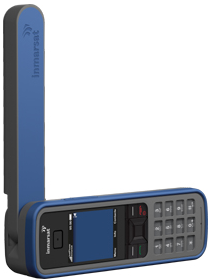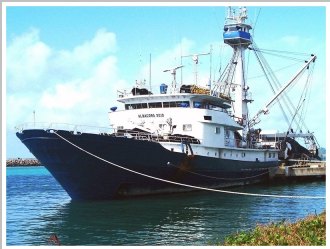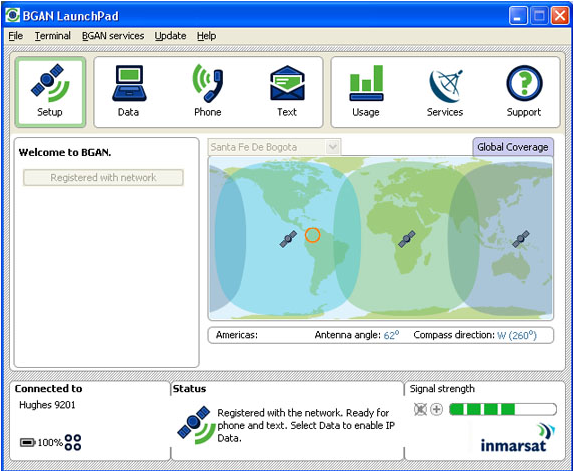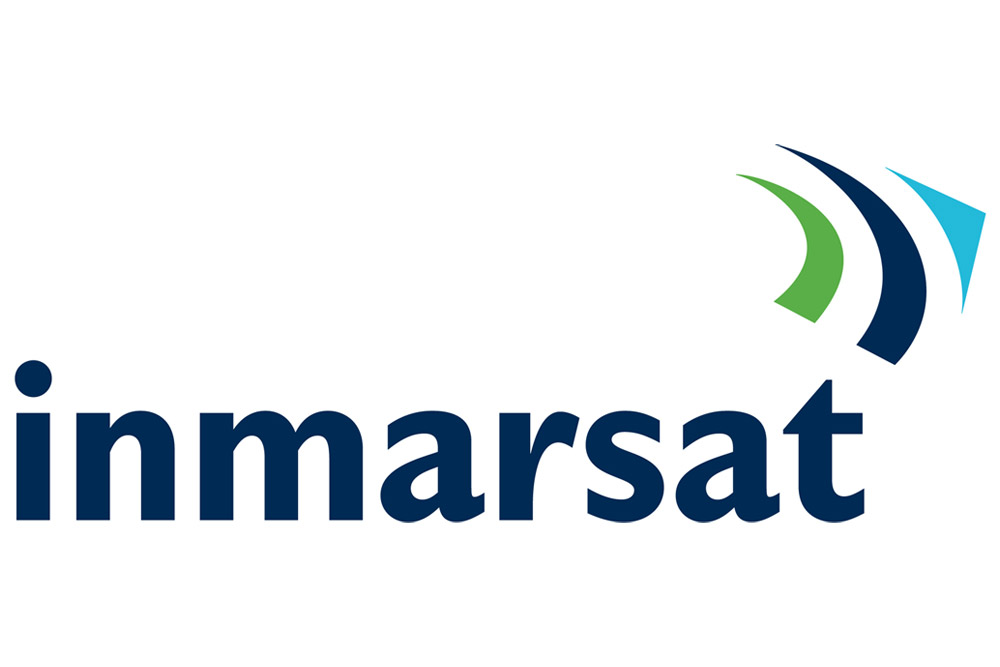The revolutionary new handheld satellite voice phone by Inmarsat, has won a maritime innovation award – just eight months after its launch.
Sail Magazine, an American print and online publication for the sailboat world and long recognized as the premier sailing publication has awarded Inmarsat’s global handheld satellite voice phone its annual Pittman Electronics Innovation Award. The IsatPhone Pro satellite phone was selected for its affordability, design, general appeal and overall utility for both sailing cruisers and racers.
Sail electronics editor Ralph Naranjo had this to say about the IsatPhone Pro. It is compact, easy to use and less expensive than other handheld satellite voice phones. As a transoceanic communicator, the unit represents one of the most cost-effective satellite communications alternatives on the market today. With its competitive pricing and dollar-per-minute usage fees, the IsatPhone Pro satellite phone is well worth a close look.”
Launched last summer, the IsatPhone Pro Satellite phone is the most robust handheld satellite phone on the market today. The phone offers:
- Longest battery life
- Reliable global coverage
- Clear voice quality
- Text messaging
- Ease of use.
“We are honored to have received Sail’s Pittman Innovation Award for IsatPhone Pro,” said Frank August, Inmarsat’s business development director for the Americas. We always believed the IsatPhone Pro would have tremendous appeal for the sailing community and we are very pleased with the enthusiasm and response from the market so far.”
Sail Magazine’s annual awards are named after its late editor Freeman K. Pittman.
Inmarsat’s FleetBroadband 150 (FBB150) was the winner of the electronics innovation category in the 2010 Pittman awards.











